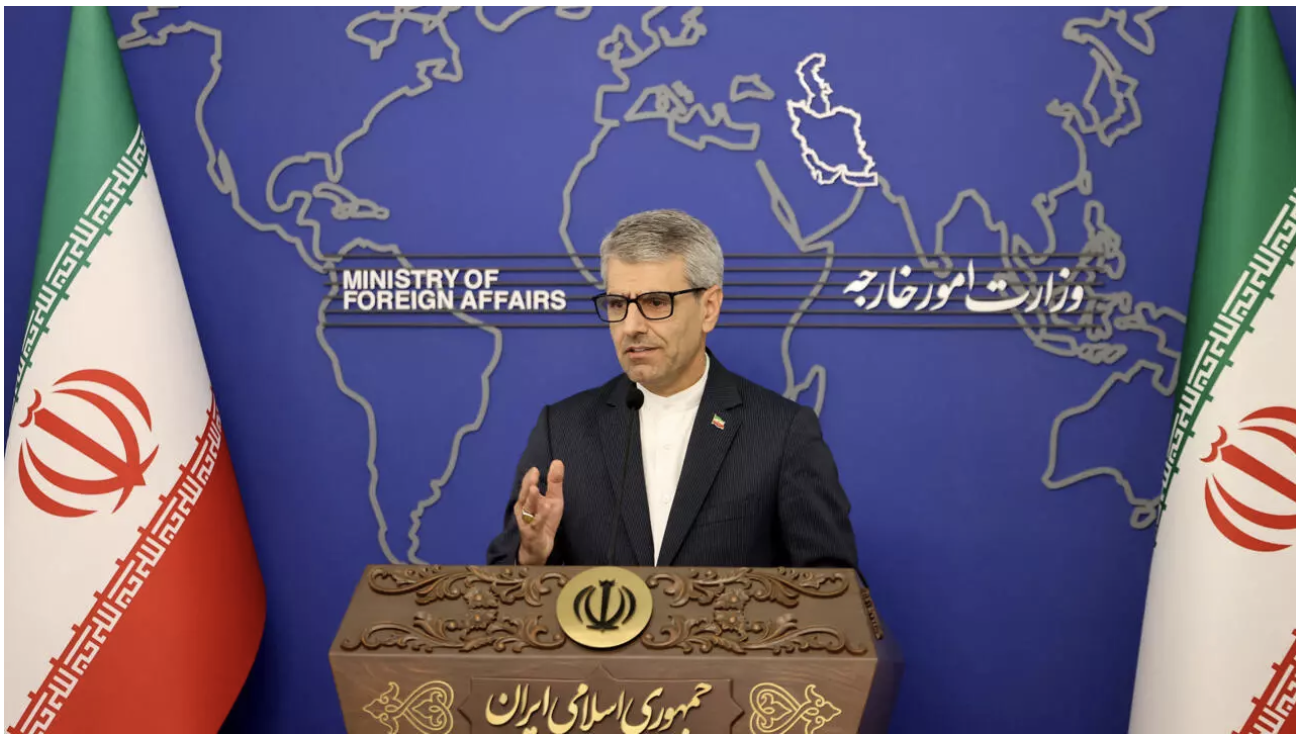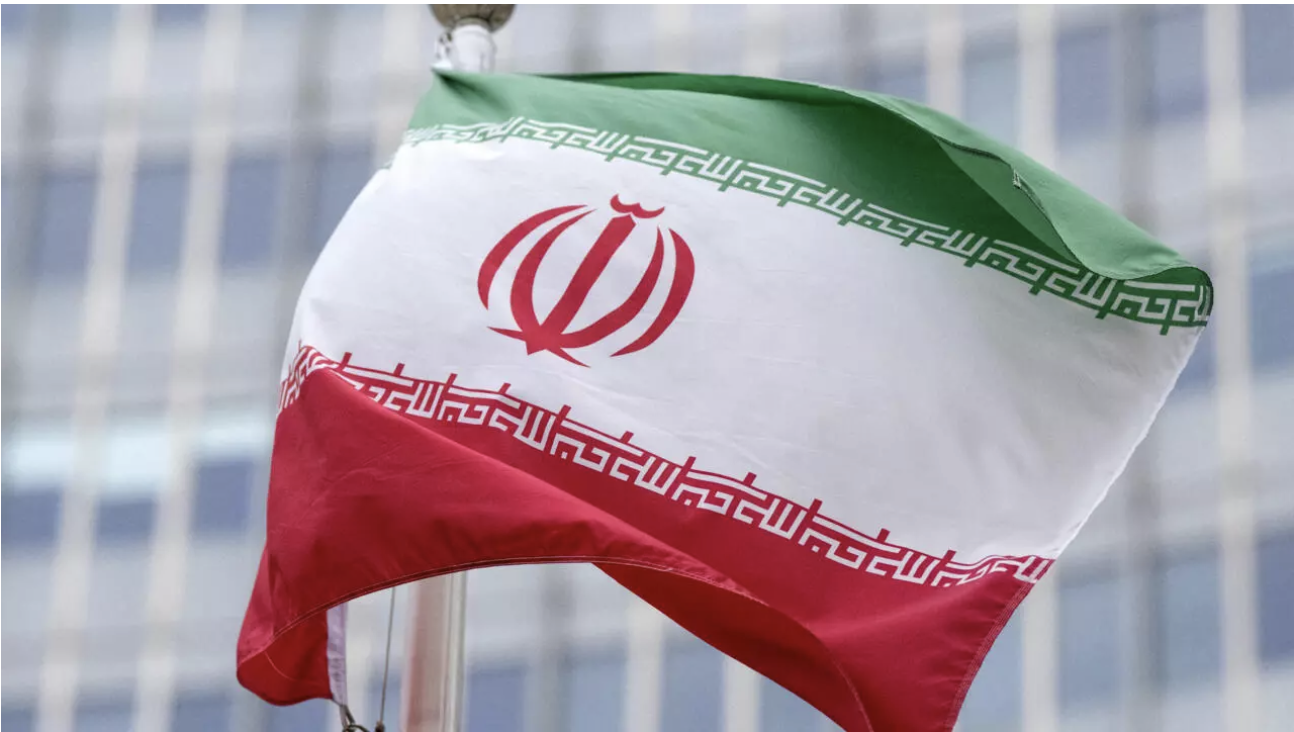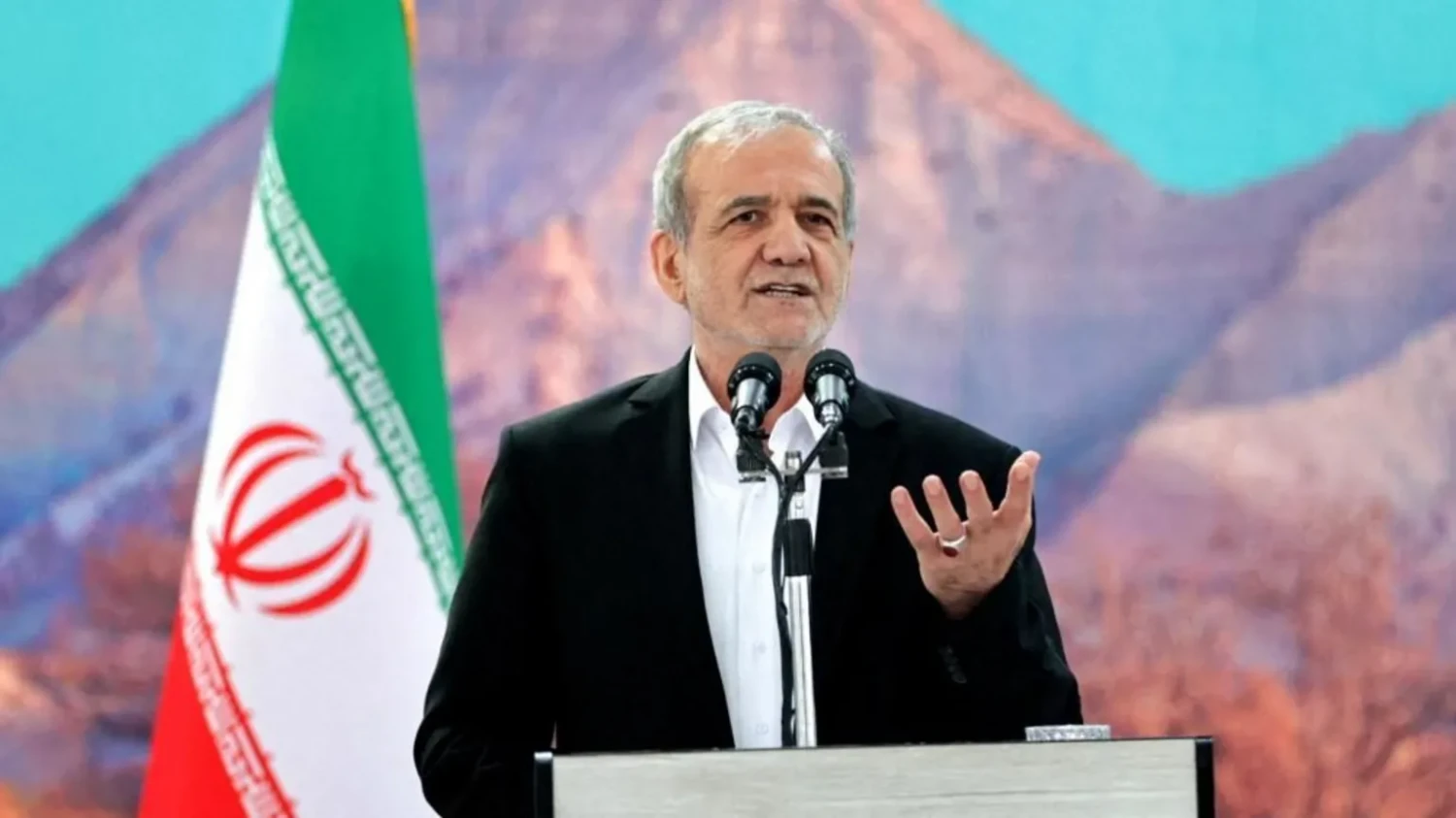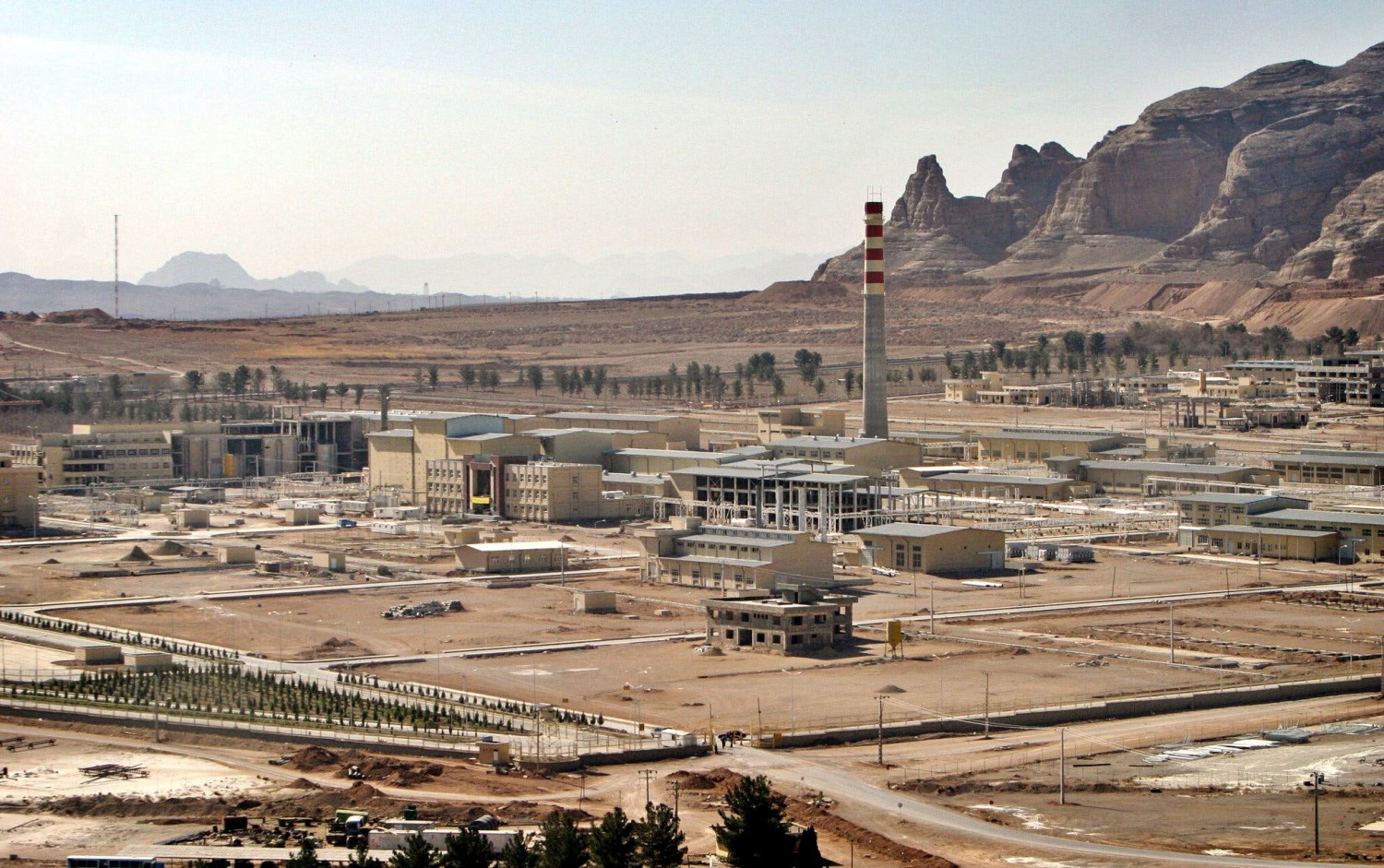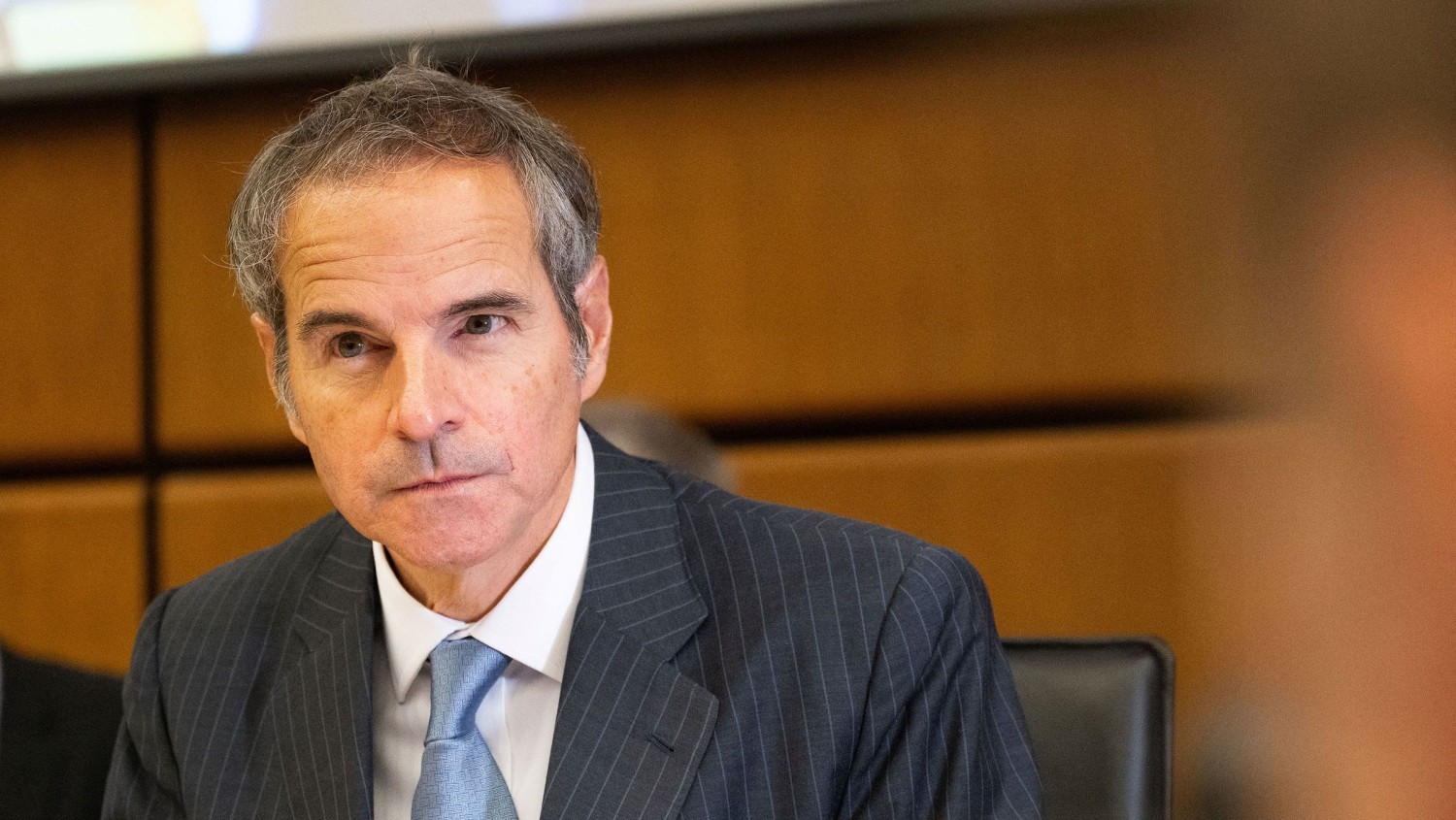
This article is more than
6 year oldIran’s defiant move triggers flashpoint
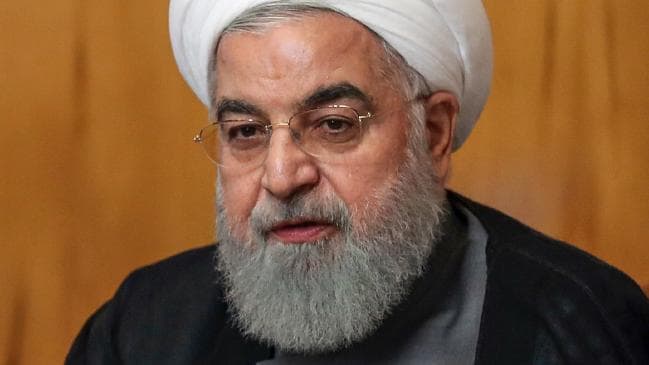
After today, Iran will have broken a multilateral nuclear deal by possessing over 300 kilograms of low-enriched uranium.
While this in itself is no reason to panic, experts warn this is the beginning of a “snowball effect” through which tensions between Iran and the rest of the world will grow.
It comes as tensions between Tehran and the Trump administration continue to grow, with a souring relationship marked by insults, drone strikes and cyber attacks.
WHAT IS THE NUCLEAR DEAL?
Before mid-2015, Iran had close to enough uranium to make a nuclear bomb.
But the country’s economy — and the 77 million people living there — had been suffering from economic sanctions imposed by the US and the European Union.
On July 14, 2015, Iran and six major world powers signed the Joint Comprehensive Plan of Action, better known as the “Iran deal”.
Under the deal, Iran agreed to axe most of its uranium — a substance which can be used to make nuclear fuel, power plants and bombs — and convert its existing nuclear facilities into non-nuclear ones.

The deal limited Iran to a 300-kilogram stockpile of uranium, and permitted the country to hold uranium of up to 3.67 per cent — a fractional amount of the uranium stockpile it possessed before the deal went through.
It was also agreed that inspections and monitoring would be conducted to make sure the Iranian government wasn’t cheating.
In return, the major world powers would lift their crippling sanctions on Iran, allowing it to recover assets worth $100 billion that were frozen in overseas banks, causing great damage to its economy.
OK, SO WHAT’S IRAN DOING NOW?
Iran is now on the verge of breaking that 2015 deal.
It is expected today that the Iranian government will announce that its uranium stockpiles have gone beyond that 300-kilogram limit.
This, experts believe, would symbolise the beginning of the end of the 2015 nuclear deal, which the US — under Donald Trump’s presidency — exited last May.
Mr Trump it was a “horrible one-sided deal that should have never, ever been made”, saying it “didn’t bring calm, didn’t bring peace, and it never will”. He argued Iran disproportionately benefited from the deal, and was lying about giving up its nuclear weapons, despite a lack of evidence. Critics also argued the deal didn’t cover other aspects of Iran’s behaviour, like supporting terrorism and its growing missile program.

Mr Trump’s decision to walk away from that deal and reimpose sanctions on Iran meant no other major power could do business with them, without seeing major financial ramifications.
Part of the reasoning for the breach, from Iran’s point of view, is to make the three EU countries that signed the agreement — Germany, the UK and France — increase trade with Tehran and boost its economy.
In May, Iran announced it would begin accumulating more low-enriched uranium.
“The deadline of the Atomic Energy Organisation for passing the production of enriched uranium from the 300kg border will end tomorrow (today),” Behrouv Kamalvandi, the organisation’s spokesperson, told reporters yesterday. “With the end of this deadline, the speed of enrichment will speed up.”
The day it crosses that line is expected to be June 27 — today.
FEARS OF A ‘SNOWBALL EFFECT’
Today’s crossover is not a huge deal in itself; 301 kilograms, for example, is not nearly enough to warrant concern, and experts say Iran would have to roughly triple that number before we should start panicking.
If Iran was to pursue a nuclear bomb, it would take about a year to pool all those materials together.
But as of today, that window of time is rapidly shrinking, and Iran has threatened other breaks in the deal too. The Iranian government has plans to increase the levels at which it enriches its uranium fuel, and making good on its plan to build a key nuclear reactor at Arak, the country’s industrial capital.

Europeans have urged Iran to adhere to the 2015 deal’s requirements, and have also implored the US to rejoin the deal. But they haven’t set out any direct consequences to either party.
“I worry about the snowball effect,” said Corey Hinderstein, a vice president at the Washington-based Nuclear Threat Initiative who once led the US Energy Department’s Iran task force.
“Iran now takes a step which puts Europe and the other members of the deal in an even tougher position.”
The US has signalled it will use the breach to demand that France, Germany and the UK join them in pulling out of the deal, but this will likely face resistance from the EU.
International Atomic Energy Agency monitors said last month that Iran has met its obligations.
IS WAR ON THE TABLE?
Mr Trump said he does not want war with Iran, but added that if fighting erupts between the two nations, it “wouldn’t last very long,” suggesting that the US would hit Iran with air strikes rather than with “boots on the ground”.
The confrontation with Iran has become more acute after Mr Trump warned Tehran the US will respond to any further attack on US interests with “overwhelming” force that, in certain cases, could result in “obliteration”.
The President made that remark shortly after his hard line national security adviser, John Bolton, extended a hand to Iran to engage in dialogue.
The tensions with Iran are sure to be one of the main themes at the upcoming G20 meeting in Japan, where China, Russia and various European countries are expected to try and calm the situation down.
However, the US and Saudi Arabia, Tehran’s big regional rival, apparently intend to continue with their hard line policy toward Iran and its leaders.
With AAP
